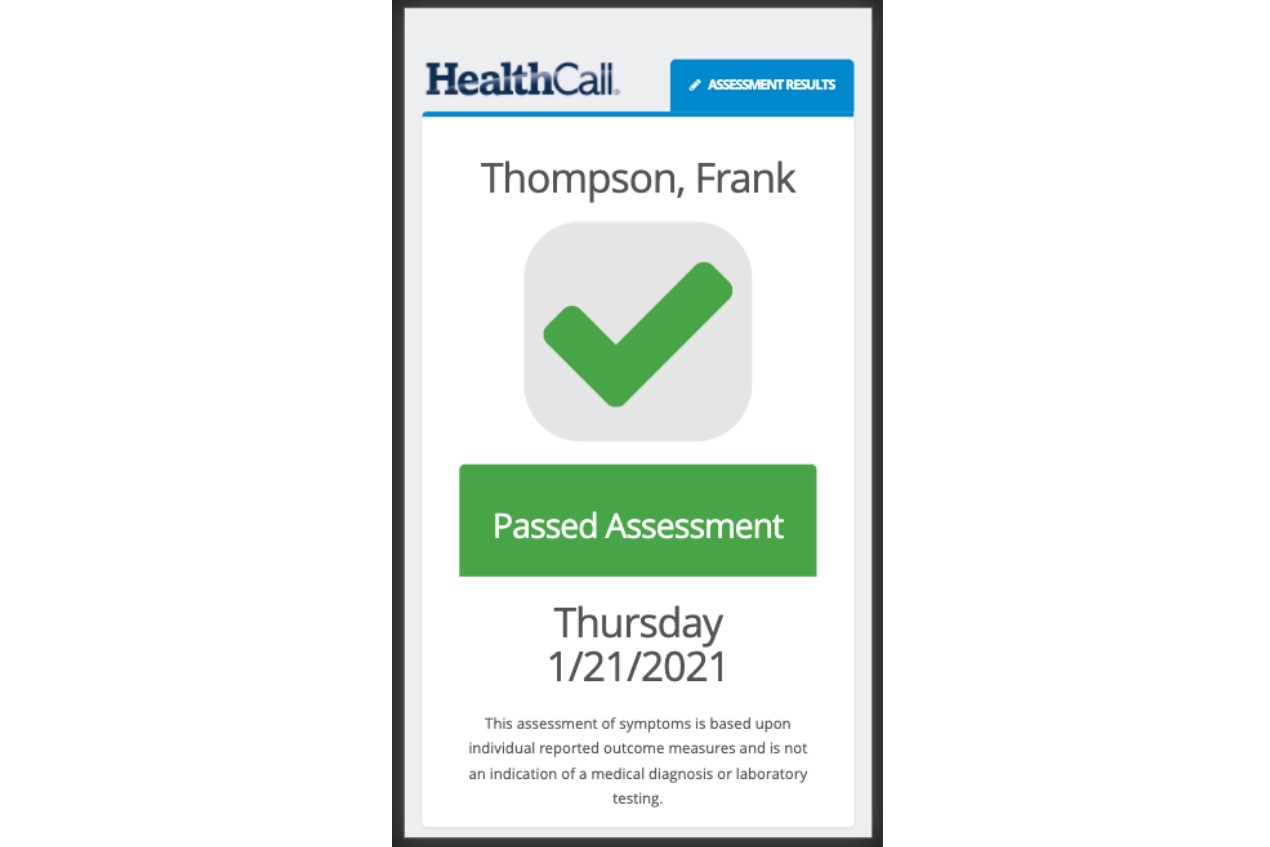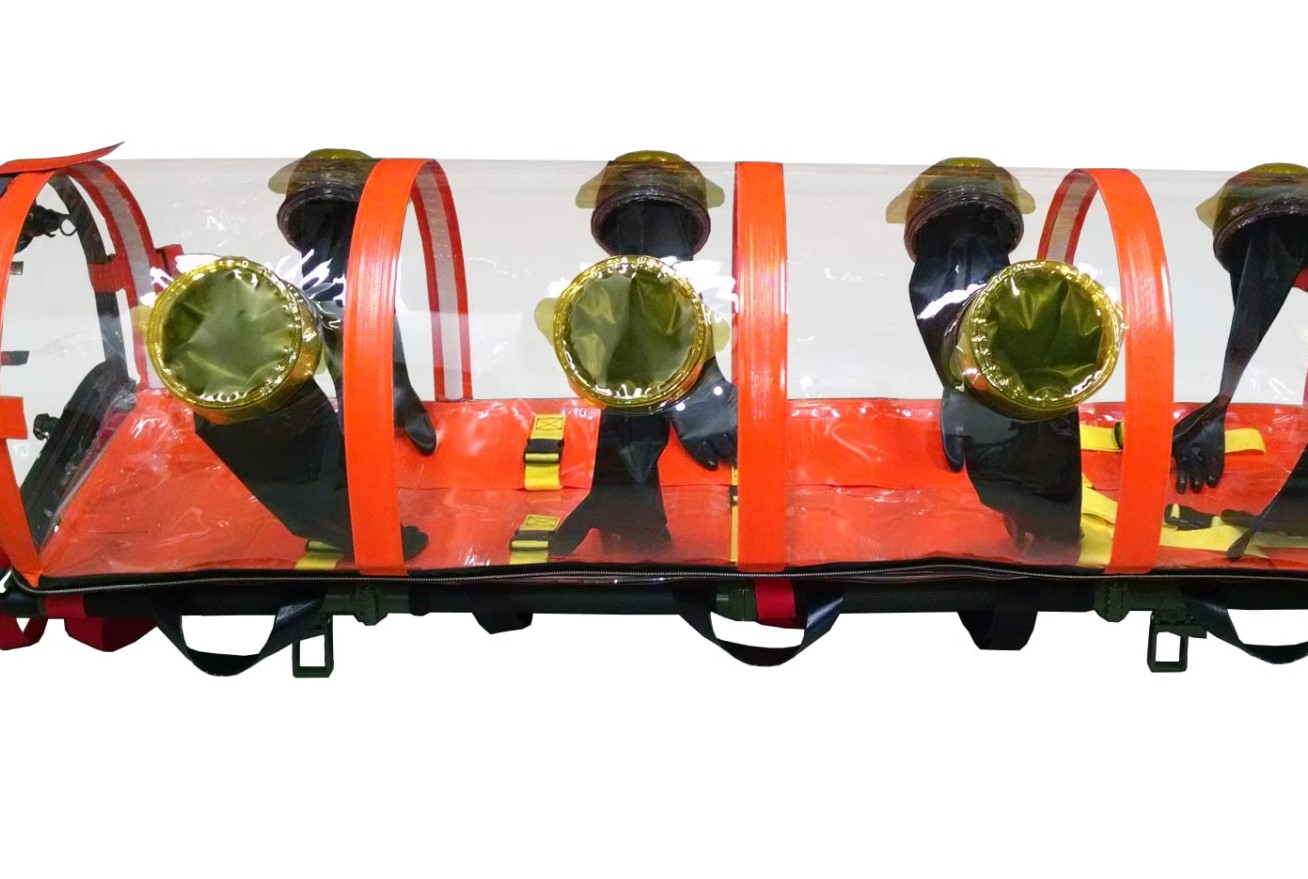ADVERTISEMENT
Product Applications From the Field: March 2021
Columbia Southern University
Professional Advancement in a Flexible Format
Columbia Southern University’s degree programs in emergency medical services administration are designed for EMS professionals who are seeking a leadership or administrative position in the field. Taught by industry experts, these programs cover several areas of EMS systems, including leadership, planning and development, risk management, and administration.
“The flexibility of the program around my current professional and personal life was the driver for choosing CSU,” says Daniel Tyk, who earned his bachelor of science in emergency medical services administration with Columbia Southern University in 2017. “Moreover, the reputation for effective and economic education offerings made CSU an obvious choice. Their partnerships with organizations like my fire department make it easy for career-driven individuals to pursue further education.”
Tyk is currently captain, EMS manager, and public information and community relations officer for North Shore Fire-Rescue in Whitefish Bay, Wisc. He recommends CSU programs to any EMS professional looking to advance their personal and professional life.
“I believe in being a lifelong learner,” Tyk says. “The programs offered at CSU allowed me to meet my goals in my personal life (being present for my family), while still allowing me to achieve excellence and education in my professional life. In a world where technology and information are ever-changing, I believe continued education is essential to professional and personal growth and success.”
Columbia Southern University is geared toward providing education in specialized areas for adult learners and has trained its faculty in assisting students as much as possible.
“I've found ways to apply what I have learned both in my career and at home,” says Tyk. “These lessons are invaluable and are lessons I have not found at other educational institutions. CSU faculty has been overwhelmingly responsive and helpful when I had questions. I would certainly recommend CSU to anyone currently in a career but looking for advancement in knowledge and skill.”
Tyk adds that earning his degree has offered a new perspective on EMS operations and provided new and innovative ideas to implement in his organization. “There are also several potential promotional opportunities on the horizon,” he says. “With the relatively recent introduction of community paramedicine/mobile integrated healthcare, we have shifted our model from a reactive service to a proactive service. The ability to be a part of the innovative development of new programs and services makes coming to work every day interesting and fun.”
HealthCall
Automated Telephone System to Handle COVID-19 Tracking
Managing a growing population of COVID-19 patients is an ongoing challenge for Texas’ Galveston County Health District (GCHD). “As a public health department, our staffing is very limited,” says GCHD CEO Kathy Barroso. This is why the GCHD’s implementation of ‘Lisa,’ HealthCall’s APR (Automated Patient Response) system, is proving to be a real time-saver for GCHD’s busy public health nurses. “It is helping us do our jobs better with the staff we have at hand,” Barroso says.
With the consent of COVID-19 patients enrolled in GCHD’s case management system, the HealthCall APR contacts them daily by phone, e-mail, or text to proactively assess them for new and worsening systems. The patients’ responses to a set of automated questions are collected, assessed, and ‘scored’ by HealthCall’s software-driven decision-support tools. Individual patients whose scores fall outside the system’s prescribed limits are identified for immediate intervention, and the appropriate GCHD personnel are notified for human followup.
During the automated questionnaire, GCHD’s COVID-19 patients always have the option to interact with a human nurse. “For instance, if a patient has a question about a symptom that they are experiencing, they can ask our nursing staff for help by just pushing a button,” says Barroso. “This gives the patient immediate access to our nurses when they actually need them. Then, when their isolation period at home is completed and if everything looks good and they’re symptom-free, they'll receive a discharge.”
By taking on the repetitive tasks associated with daily patient monitoring, the APR frees up GCHD’s nurses to focus on cases where human intervention is truly required. At the same time, the system’s administration, collection, and analysis of standardized questions ensures a consistent and verifiable approach to COVID-19 monitoring for all affected patients. The result is healthcare that is more efficient, effective, and relevant for everyone involved.
The HealthCall APR system offers additional features that include the ability to use multiple phone numbers/e-mail addresses to ensure contact with patients and to seamlessly integrate Bluetooth biometric devices such as weight scales, blood pressure cuffs, pulse oximetry, and activity trackers into the data collection process.
ISOVAC Products
Transport Containment for Any Situation
When COVID-19 began its worldwide spread in early 2020, Italy was among the first nations hit hard, and one of the challenges its caregivers faced was moving infectious patients, especially by air. Commonly used patient isolation units (PIUs) didn’t allow the care needed by critically ill patients and weren’t compatible with aviation regulations, leaving most medical helicopters unusable. Systems had to improvise solutions, and decontamination concerns slowed downstream care.
Among those looking for solutions was Northwall, an Italian company with roots in the rescue field that develops and distributes helmets and other medical rescue equipment across Europe and beyond. The answer it found was CAPSULS, from Illinois-based ISOVAC Products.
CAPSULS—for Containment and Protection System Utilizing Advanced Life Support—is a portable PIU that allows needed medical interventions while preventing particulate cross-contamination between the patient and external environment. It’s suitable for use in aircraft, ground ambulances, and any craft that can accommodate a standard litter.
“We wanted to offer a real solution to European HEMS,” says Northwall’s founder and CEO, Dr. Nicola Campani. “After analyzing solutions from around the world, we arrived at ISOVAC Products because they had already collaborated with the U.S. Coast Guard to build a clever dedicated device for the helicopter transport of Ebola patients, the ORCA.”
ISOVAC’s products provide chemical, biological, and radiological isolation and containment for personnel, casualties, remains, equipment, and transport assets. Initially developed in the 9/11 era of terrorism concerns, they’ve proven just as suited against biological dangers like Ebola and, now, COVID.
“You can manage the intubation and stabilization of airways, IVs, and emergencies even inside the containment unit and during transport, because the patient can be assisted in any position the main stretcher allows, and the length of the PIU can fit in any vehicle or helicopter,” says Campani. “It’s also compatible with x-rays and CT scans, avoiding the need for continuous decontamination” of that vital equipment.












